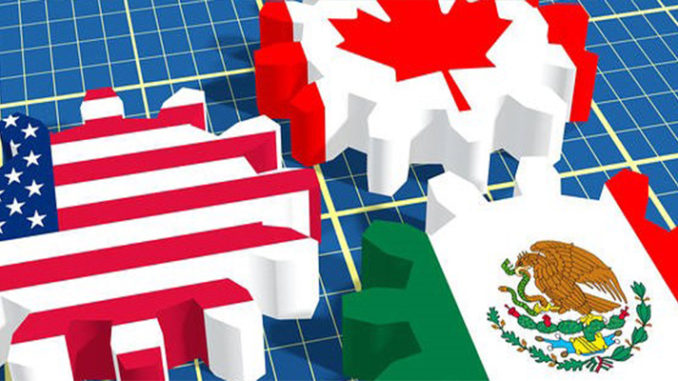
by James Pethokoukis
Why do some countries grow really fast and others really slow? What’s the secret sauce that explains leading economies, and what’s the policy poison that explains lagging ones? These are just the questions explored in the new Federal Reserve Bank of St. Louis Review paper “Institutional Barriers and World Income Disparities” from researchers Ping Wang, Tsz-Nga Wong, and Chong Yip.
When the report examines fast-growing economies, it means ones like “Asian tigers” Hong Kong, Singapore, South Korea, and Taiwan; “potential future Tigers” Malaysia and Thailand; “emerging giants” — China and India; and “African miracles” — Botswana and Mauritius. The laggards include five sub-Saharan African countries in “poverty traps” — Comoros, Côte d’Ivoire, Ghana, Kenya, and Uganda; Latin American countries that are “falling behind newly industrialized Asian economies despite better initial conditions” — Argentina, Brazil, and Chile; and two “lag-behind” countries — Greece and the Philippines.
 So a seemingly pretty diverse group of nations from around the globe. Yet the researchers found some important commonalities in the ones that succeeded and the ones that suffered. From the report (bold by me):
So a seemingly pretty diverse group of nations from around the globe. Yet the researchers found some important commonalities in the ones that succeeded and the ones that suffered. From the report (bold by me):
On the one hand, we identify that export-led open policy, FDI incentives, solid infrastructure for business, and promotion of high-tech industries, together with other pro-market reforms in labor and financial markets, have helped fast-growing countries outgrow the United States. On the other hand, we see that unnecessary protectionism, government misallocation, corruption, and financial instability have caused the trapped and the lag-behind countries to be unable to develop along a sustainable growth path. These institutional factors can be barriers to capital markets, trade, and industrialization, which prevent the development laggards from catching up with the Joneses.
 More open, market-friendly policies help. More closed, statist policies hurt — you know, the nationalist populist policies that breed cronyism and financial profligacy by disregarding budget and monetary restraint. This research syncs nicely with that found in the 1991 paper “The Macroeconomics of Populism,” by Rudiger Dornbusch and Sebastian Edwards, which identified how populists rise and what they do when in power. The key ingredients are a population deeply dissatisfied with the economy’s performance, and a populist savior who ignores the existence of any type of constraints on economic policy.
More open, market-friendly policies help. More closed, statist policies hurt — you know, the nationalist populist policies that breed cronyism and financial profligacy by disregarding budget and monetary restraint. This research syncs nicely with that found in the 1991 paper “The Macroeconomics of Populism,” by Rudiger Dornbusch and Sebastian Edwards, which identified how populists rise and what they do when in power. The key ingredients are a population deeply dissatisfied with the economy’s performance, and a populist savior who ignores the existence of any type of constraints on economic policy.
As I have written: “In Latin America, the region Dornbusch and Edwards examined, populist policies ‘do ultimately fail; and when they fail it is always at a frightening cost to the very groups that were supposed to be favored.’ These costs typically include high inflation, pervasive shortages, capital flight, and recession.”
Yet even advanced economies can fall prey to these errors by engaging in protectionism of favored industries or companies, whether through trade barriers or subsidies — both a sort of top-down government central planning. They may spend money or cut taxes recklessly. They may pressure their central banks to run a loose monetary policy. They may intervene haphazardly in the economic decision-making of the private sector. As the paper concludes: “Thus, the establishment of correct institutions and individual incentives for better access to capital markets, international trade, and industrialization can be viewed as crucial for a country to advance with sustained economic growth.”
James Pethokoukis is a columnist and policy analyst, is the Dewitt Wallace Fellow at the American Enterprise Institute, where he writes and edits the AEIdeas blog.



